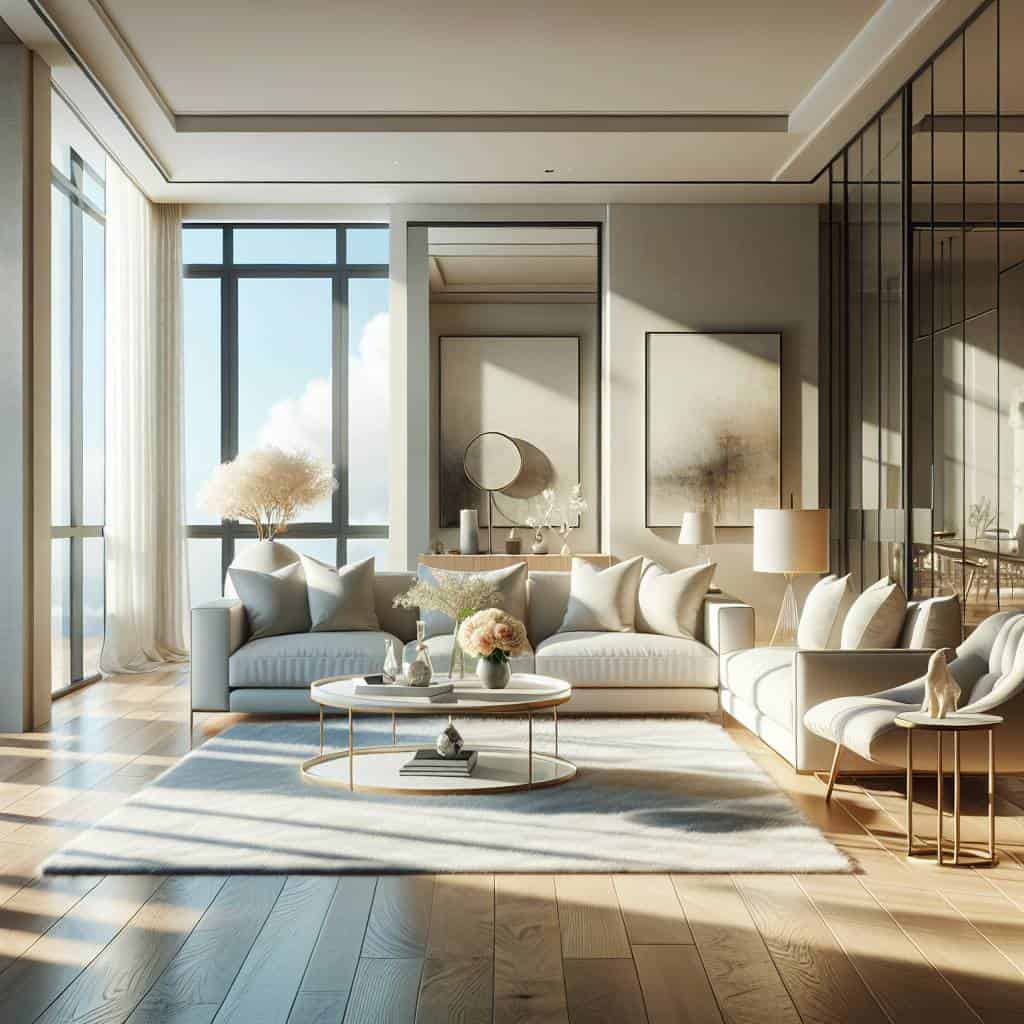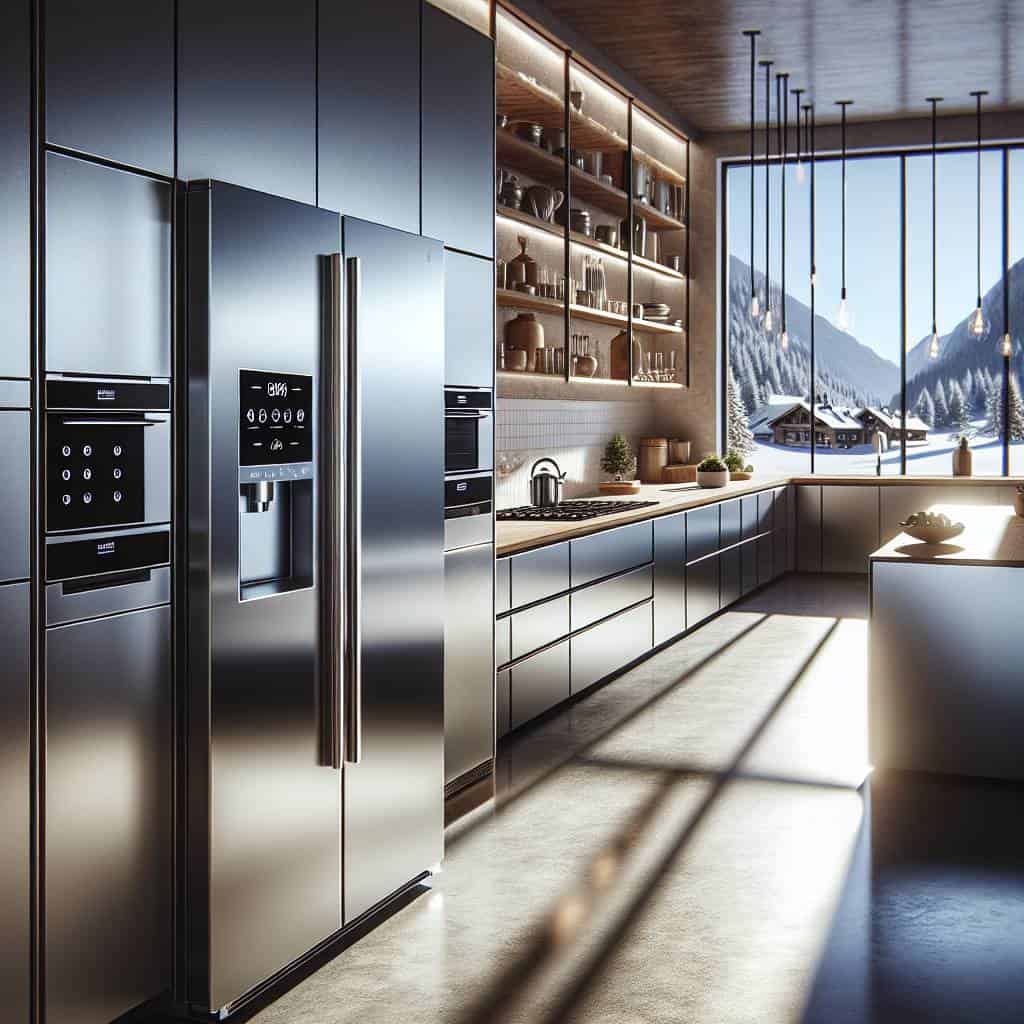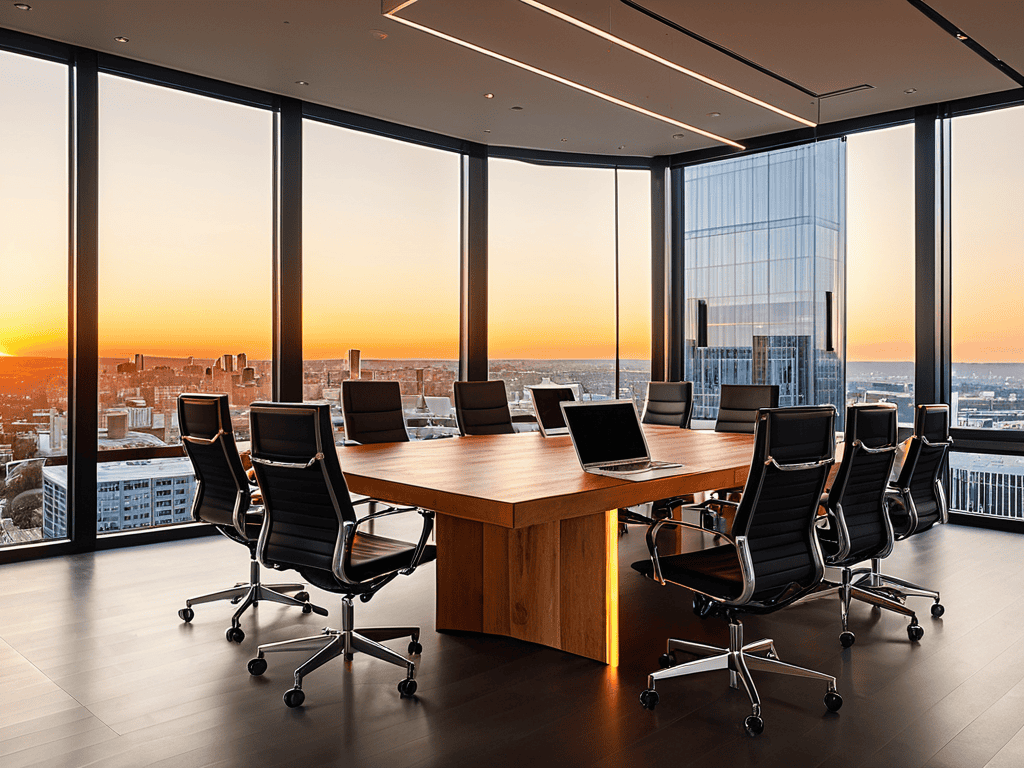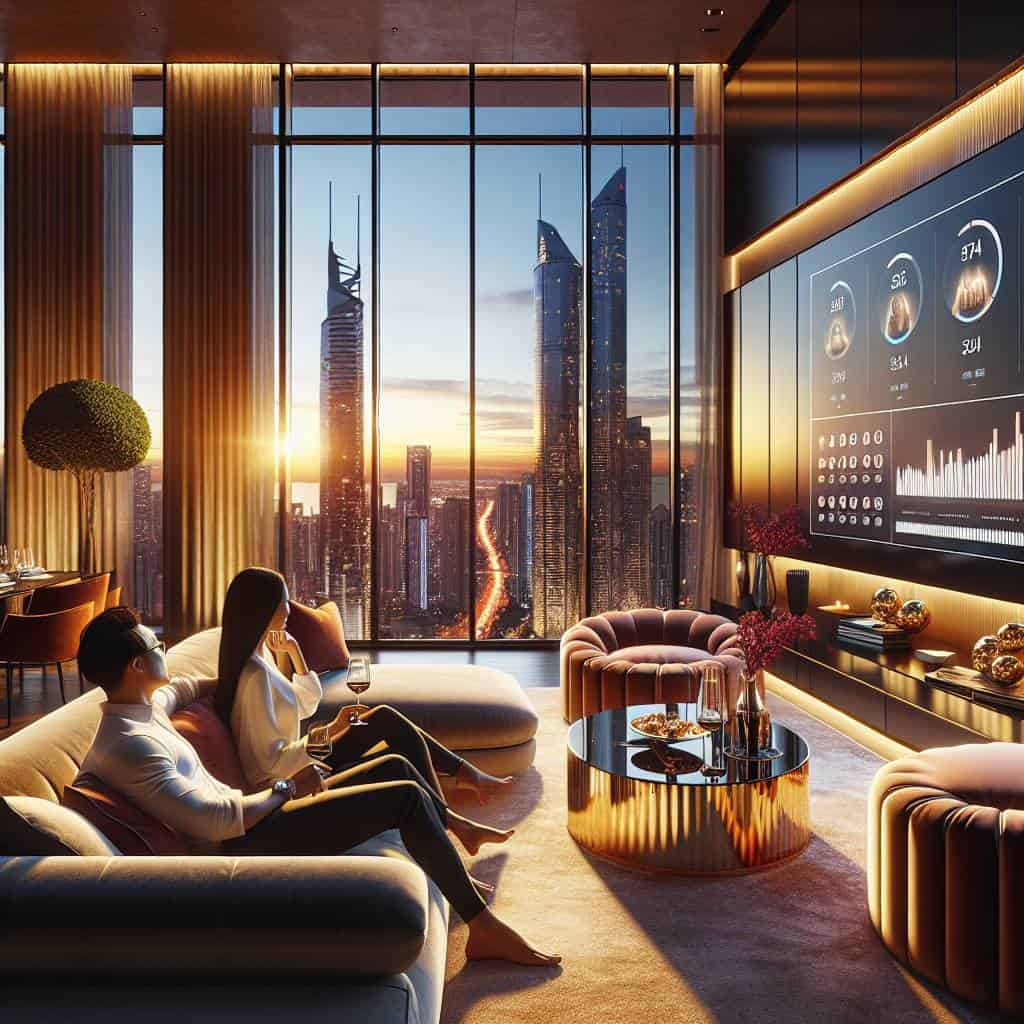I remember the first time I had to prep my apartment for real estate photos—a task as pleasant as a root canal. My life, normally a comfortable chaos of mismatched furniture and books stacked like Jenga towers, had to be transformed into a soulless, magazine-ready space. It wasn’t just about tidying up; it was a brutal exercise in erasing myself from my home. As I shoved personal items into closets and arranged my world to look like a sterilized showroom, I couldn’t help but feel a twinge of irony. Here I was, an urban planner who navigates the chaotic beauty of city life, stripping my own place of any traces of life. It was a lesson in the art of deception, and it left me wondering if I was more of a magician than a homeowner by the end.

But if your goal is to sell, then welcome to the circus of real estate photography, where the truth is less important than the illusion. In this article, I’ll guide you through the smoke and mirrors of prepping for these photos—because let’s face it, nobody wants to see the real you. We’ll dig into the gritty details of decluttering, lighting, and staging, with tips that might make you question your life choices. But stick with me, and you’ll master the art of making your home look like it belongs to someone with much less personality. Let’s get real about faking it.
Table of Contents
My Epic Battle with Clutter: The Art of Pre-Photo Prep
I once stood in the middle of my living room, laser-focused on the mess like a general plotting the downfall of an unruly kingdom. Clutter, my nemesis, sprawled across every surface, challenging me to an epic duel. The goal? To transform this chaos into a pristine, emotionless showroom fit for real estate photos—a space so sanitized and inviting that potential buyers could envision their dreams without tripping over your reality. It’s a bit like scrubbing your life away until you’re left with nothing but the bones of a house. And yet, that’s precisely what sells.
Pre-photo prep is not just about tidying up; it’s about creating an illusion. It’s the art of making your home look like someone else lives there—someone impossibly neat. Start by stripping back your personality. Family photos? Box them up. That quirky collection of vintage spoons? Pack it away. Buyers want a blank canvas, not a gallery of your eccentricities. Then, there’s the lighting. Natural light is your best friend, so fling those curtains wide and let the sunshine in. But if your space is more cave than castle, supplement with strategically placed lamps. Shadows are the enemy, after all.
But let’s get gritty for a moment: this isn’t about deceiving anyone. It’s about offering a glimpse into what could be. A clean, well-lit space hints at potential, and in the end, that’s what you’re selling—a future, not just four walls. So, arm yourself with storage bins and a strong resolve, and get to work. Because in this battle, every little detail counts.
Unmasking the Illusion
In the world of real estate photos, the trick is to erase the traces of your existence, leaving behind a canvas so blank, even your shadow hesitates to linger.
The Inevitable Dance of Perception and Reality
As I stand back and take in the scene, there’s a bittersweet satisfaction in knowing I’ve pulled off the ultimate illusion. The space is bare, almost hauntingly so, yet it sings in the sterile language of real estate perfection. It’s a reminder that the urban landscape, much like our homes, is a constant negotiation between what is and what we want to be seen. The decluttered shelves and strategic lighting are nothing but a mask, hiding the beautiful chaos of real life. But hey, that’s the game. It’s a dance between perception and reality, and if you can master that, you’ve got the city at your feet.
In the end, preparing for real estate photos is more than just a chore—it’s an art form. One that requires stripping away layers until only the essence remains: the carefully curated version of a life well-lived, yet oddly absent. I’ve learned that it’s about embracing the contradiction, finding beauty in the stark and the staged. It’s yet another reflection of my urban planning world, where the lines between genuine and facade blur, and where clarity exists only in the eye of the beholder. So, here’s to capturing the city in our homes, one sterile snapshot at a time.


